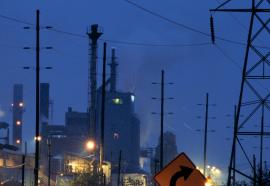Letters to the Editor
Jay Kumar, President, Economic & Technical Consultants Inc.: Could Hind Farag and Gary L. Hunt point out any winner whose power costs have decreased after the implementation of LMP? I can bet they won’t find even one single (real) entity. ... I am glad that MISO is sticking to the original basis of a supposedly competitive market.
Diane Moody, Director, Statistical Analysis, American Public Power Association: “The Fallacy of High Prices” purports to show that restructuring of wholesale power markets has resulted in significant benefits. However, the analysis it offers in support of this proposition is not credible.






